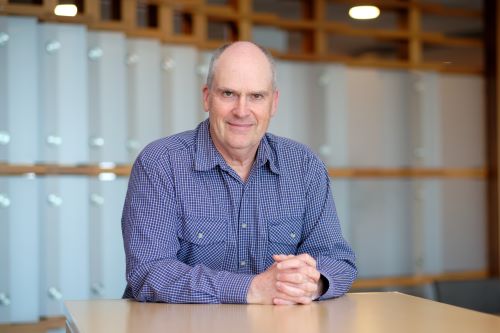The decisions made by Reserve Bank governor Alan Bollard don’t greatly affect Americans, if at all. The decisions made by his counterpart in Washington, on the other hand, have profound influence on the economic well-being of New Zealanders. That’s why we should be paying more than casual interest in the nomination of Ben Bernanke as the next chairman of the Federal Reserve.
Actually, America’s monetary policy decisions are made not by one man, but by the Federal Reserve’s Federal Open Market Committee (FOMC). Bernanke will chair the committee if his nomination passes muster with the US Congress.
The FOMC’s decisions influence global recessions, the value of our savings, the ease of finding jobs, the prices fetched in world markets by our primary exporters and so on – because the United States accounts for about one third of the world economy. When American interest rates are lowered to stimulate economic activity or raised to suppress it, the effects are felt around the globe.
The FOMC comprises 19 men and women – the seven members of the board of governors and the presidents of 12 reserve banks operating regionally in the United States – who gather in Washington eight times year to participate in the committee’s deliberations on the course of monetary policy. If need be, the FOMC can also convene by conference call between regularly scheduled meetings.
The governor of our Reserve Bank, in contrast, is the sole decision-maker on monetary policy, although he does have an advisory committee (and plenty of advice is flung at him from commentators and lobby leaders for good measure). He makes his decisions four times year, when he releases quarterly monetary policy statements, and on four more occasions, when he reviews conditions mid-way between each monetary policy statement.
The Federal Reserve’s mandate, laid down by the Congress, requires the FOMC to use its powers to pursue both price stability and maximum sustainable employment. The committee must influence the course of the American economy, helping it to grow rapidly enough to make full use of available resources but not so fast as to stoke inflation.
The governor of our Reserve Bank need not worry about employment growth. He must focus only on inflation and aim to keep annual inflation within specific target – 1%-3%, but with some flexibility to take account of the ups and downs in the business cycle.
Another difference is that the US Federal Reserve sets two key interest rates, the discount rate and the Federal funds rate, to influence the price of borrowing money in the US economy, spur or stifle growth and deal with inflationary pressures. Bollard has just one instrument, the official cash rate.
Explaining his job as FOMC member in speech earlier this year, Bernanke said it’s not strictly true to say the FOMC manages monetary policy by controlling interest rates. The Fed has little or no direct influence over the interest rates that matter most for the economy, such as mortgage rates, corporate bond rates, or the rates on treasury securities, he said. Instead, the Fed affects those rates, as well as the prices of financial assets such as stocks, indirectly.
Literally speaking, he is correct (although the “indirect” influence is more significant than Bernanke would have us believe). The influence is stronger at the shorter end of the interest-rates spectrum, but not so strong on 10-year rates and longer.
Or more strictly speaking, the influence has been not so strong on longer-term rates during the current economic cycle, than it has been in the past. Influencing long-term rates this time has presented the Federal Reserve with conundrum – it is pushing up short-term rates to curb rising inflation pressures, but long-term rates have scarcely budged.
Bollard is in much the same boat. Monetary policy – and expectations of it – heavily influence interest rates out to around three years. If the Reserve Bank lifts the official cash rate, its decision has an immediate impact on the 90-day interest rate and on people’s expectations of what will happen to those rates over the next few years.
More fundamentally, the United States nowadays doesn’t have the same shortages of skilled staff and resources to take into account when making judgements about monetary policy. New Zealand’s current account deficit is much worse than the American deficit and inflationary pressures seem more threatening, even though our economy is slowing.
These economic conditions are challenging for Bollard. As BNZ chief economist Tony Alexander observed early in November: “After six strong years in New Zealand, many people have forgotten how fragile our economy is. They are likely to have rude awakening over the next few years.”
Bob Edlin is regular contributor to Management.











